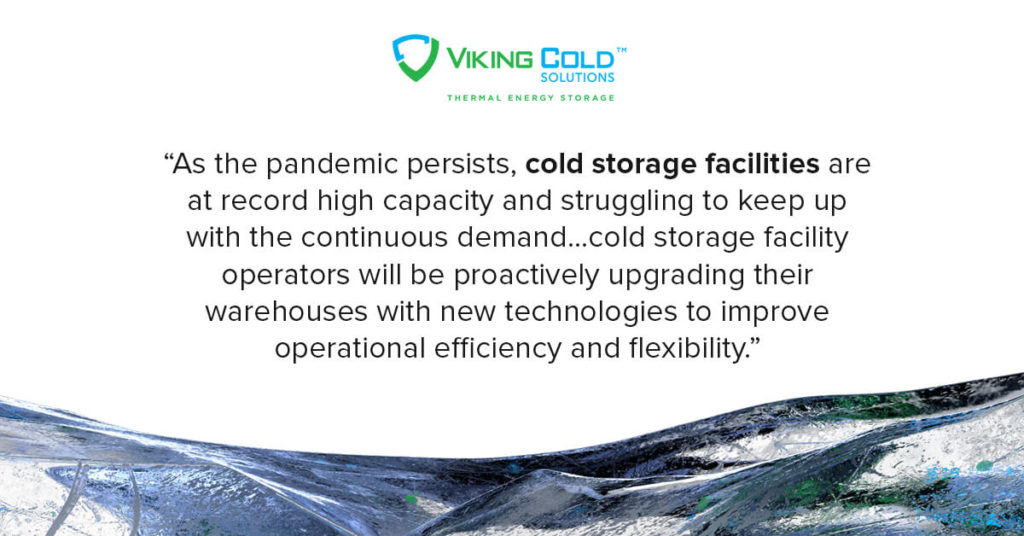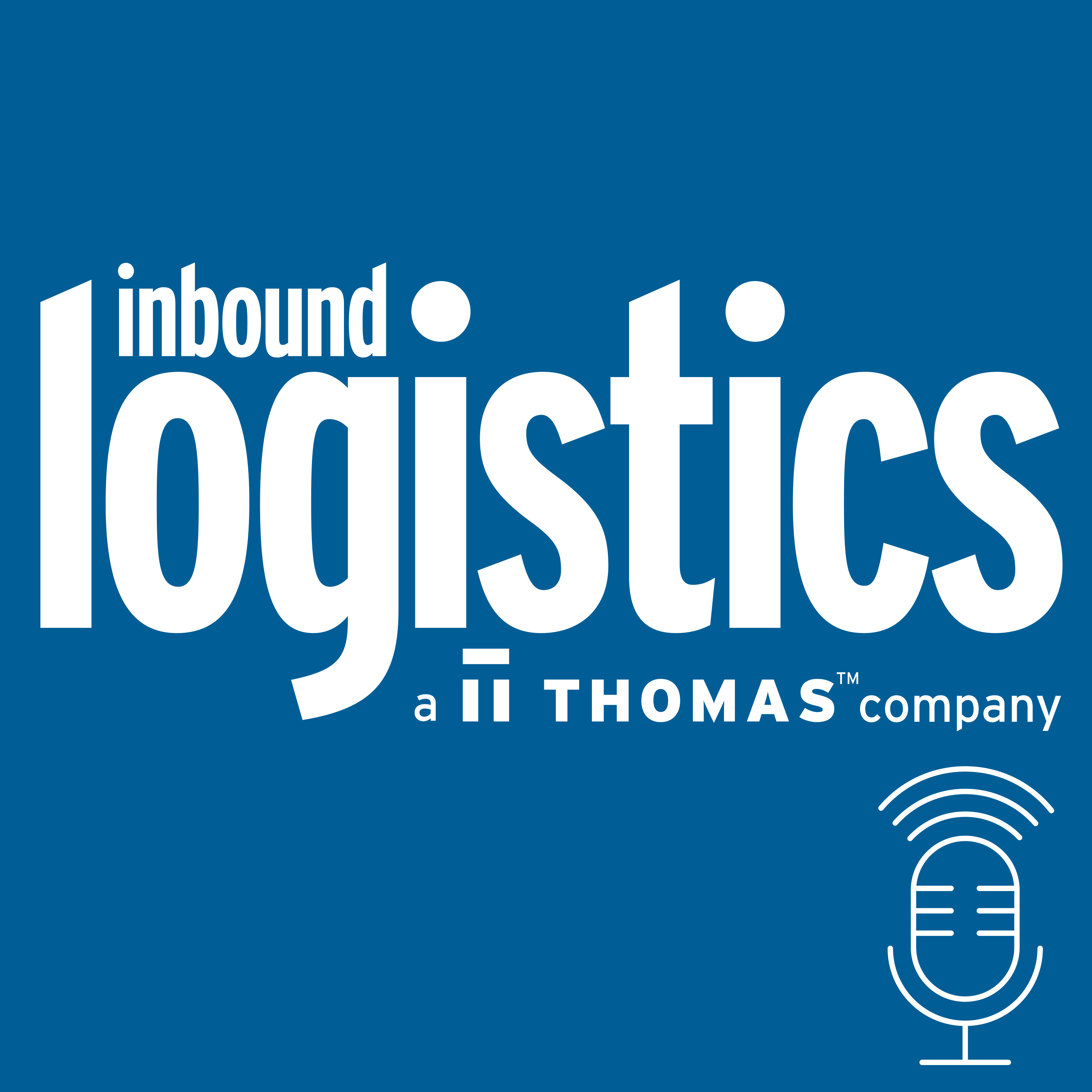

Refrigeration Engineers Presentation – Efficient, Flexible, Sustainable Refrigeration with Thermal Energy Storage
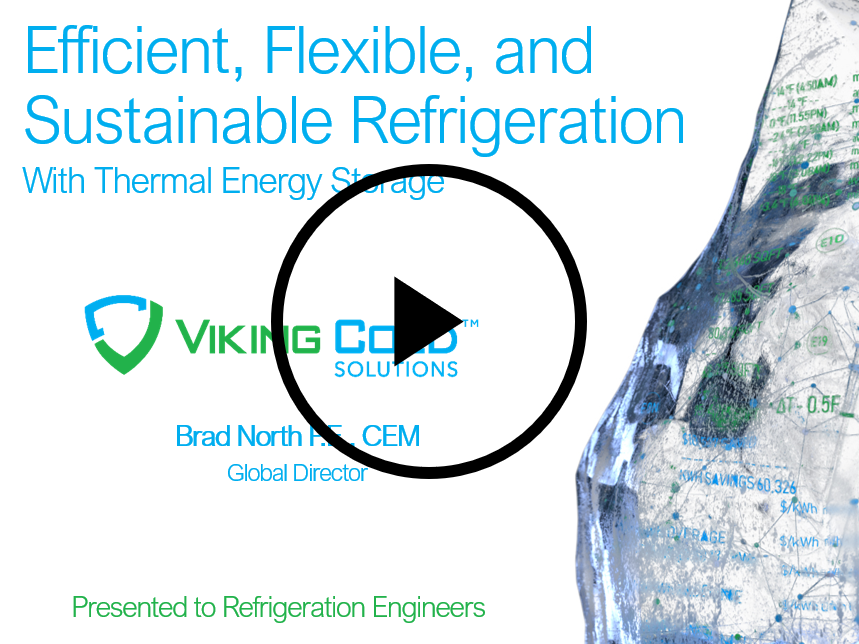
Brad begins his presentation with relevant cold chain statistics about facilities where refrigeration optimization with intelligent Thermal Energy Storage is being achieved by leveraging PCM. He also explains some of the unique thermodynamic properties of PCM that allow TES systems to achieve positive refrigeration energy and temperature management results. He then covers how the PCM is configured and easily installed into various cold storage refrigerated facilities without additional space requirements or the loss of valuable storage area.
Also covered in the presentation is a brief evolutionary history of the refrigeration practice known as flywheeling – subcooling the food and surrounding room to then minimize refrigeration during periods with high energy costs. Brad discusses factors that influenced the start of flywheeling, are transforming flywheeling practices with new technologies, as well as how PCM safely extends the length of flywheeling periods while reducing the risk to food quality and shelf life. He also shares how PCM is able to slow temperature increases in a room without active refrigeration and shows case study data illustrating a reduced rate-of-rise and improved temperature stability.
Inside cold storage facilities temperature stratification throughout the room generally occurs. Brad shows some examples of how properly installed PCM combined with intelligence reduces the extent of temperature stratification and creates a more uniform temperature across the vertical space of these refrigerated rooms. With the introduction of PCM a new “stratification floor” is created that consolidates more of the heat near the ceiling in the airflow of the evaporators for improved temperatures around the food and for easy removal of the heat by the refrigeration system.
Thermal Energy Storage is often considered a way to simply shift when energy is consumed by refrigeration systems. Brad explains many of the factors that allow Viking Cold’s TES technology to not only shift the timing of refrigeration but also to safely reduce the total kWh energy consumption (energy efficiency) of the refrigeration systems. Hear about the factors that enable this such as reducing the horsepower per ton ratio, the ability to run refrigeration systems at maximum designed efficiency or “fully loaded”, the consolidation of up to 85% of the heat infiltration near the top of the room, the PCM’s higher heat capacity and heat transfer rates, and the fact that TES systems do not have mechanical components that cannibalize the energy savings with parasitic losses.
Also discussed in this refrigeration engineer’s presentation are additional attributes of TES that provide energy flexibility and the ability to safely and easily participate in multiple utility and grid operator programs. Many of these programs reduce costs, some provide financial incentives for technology upgrades, and some programs can generate revenue streams for operators of refrigerated facilities. The added refrigeration flexibility from TES enables participation in programs such as demand response, permanent load shed, targeted load shed, peak shaving, responding to market index pricing signals, renewables plus storage, and capacity programs.
Temperature resiliency inside the refrigerated cold chain is paramount to maintaining food quality and shelf life while minimizing food loss. Brad also explains how PCM adds resiliency to cold storage rooms. Common scenarios that disrupt cold storage operations and create a need for temperature resiliency are becoming more common and include mechanical breakdown of refrigeration system components and loss of power from ice storms, hurricanes, wildfires, utility-initiated de-energization, and more. Refrigerated facilities that have TES installed have up to three times longer temperature protection during any of these situations that may cause the loss of refrigeration.
Whether you are a facilities or business leader, refrigeration engineer, cold storage operator, or somewhere in the temperature-controlled cold chain, there is something in this short professional association presentation for you. Quickly learn about mitigating risk, cutting costs, improving sustainability, stabilizing temperatures, and more.
Click above to watch this short 21-minute refrigeration engineer professional association presentation. Or contact us today to learn how our refrigeration optimization and thermal energy storage solutions will save you energy and money.
Viking Cold Earns 5th Top Green Provider Award from Food Logistics
Viking Cold Solutions Named Top Green Provider by Food Logistics
for Fifth Consecutive Year
The award recognizes companies whose products, services or exemplary leadership are enhancing sustainability within the cold food and beverage industry
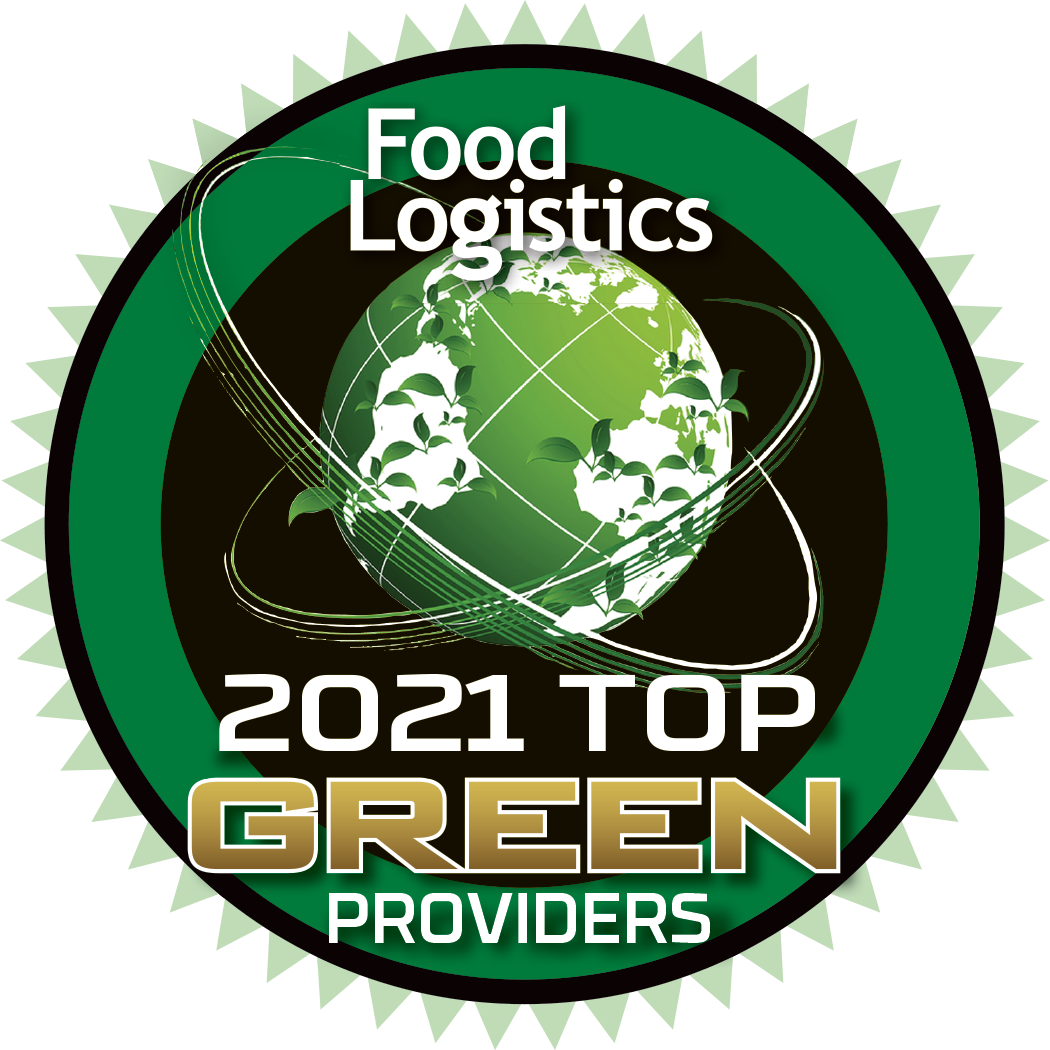
The editorial staff evaluates a company’s participation in such programs as the EPA’s SmartWay and other recognized sustainability programs; facilities that are LEED-certified and/or feature solar panels, LED lighting and other energy-saving installations and retrofits; and other means of producing measurable reductions in GHG emissions.
“When the pandemic hit, I thought for sure that sustainability would be pushed to the wayside. But, in fact, the complete opposite happened. And, I couldn’t be more appreciative of the supply chain industry’s efforts in making sustainability top of mind in every aspect of their organization despite the many supply chain disruptions they continue to face,” said Marina Mayer, Editor-in-Chief of Food Logistics and Supply & Demand Chain Executive. “Sustainability is the key to success, and the recipients of this year’s award prove that when sustainability matters to them, they will continue to do great things and make a difference in the industry.”
Viking Cold Solutions Director of Marketing Damon Vance shared: “We are honored to once again be recognized by Food Logistics as a Top Green Provider. Our goal is not only to deliver cost-effective optimization solutions to refrigerated facilities but to also offer sustainable technology that helps preserve our planet for future generations.”
Recipients of this year’s award will be profiled in the June 2021 print issue. Go to www.FoodLogistics.com to view the full list of all 2021 Top Green Providers.
About Viking Cold Solutions
Viking Cold Solutions is the leading long-duration thermal energy storage and refrigeration optimization service provider to the energy-intensive frozen/low-temperature cold storage industry. Viking Cold delivers cost-effective and flexible energy management services which protect food and help reduce the environmental impact of refrigeration. Its patented Thermal Energy Storage system with phase change material (PCM) and intelligent controls reduce cold storage energy costs up to 35 percent or more, while improving temperature stability and optimizing refrigeration operations. Viking Cold Solutions’ TES systems have been measured, verified, and incentivized by energy utilities across the U.S. and are currently in use around the world providing efficiency to grocery stores, low-temperature warehouses, and restaurants.
For additional information, please visit www.vikingcold.com.
About Food Logistics
Food Logistics is the only publication exclusively dedicated to covering the movement of product through the global cold food supply chain, focusing on trucking, warehousing, packaging, risk management, food safety and more. Go to www.FoodLogistics.com.
Press Contact:
Damon Vance
Marketing Director
dvance@vikingcold.com
+1.832.899.4771
Energy Cast Podcast: Thermal Thinking with Viking Cold
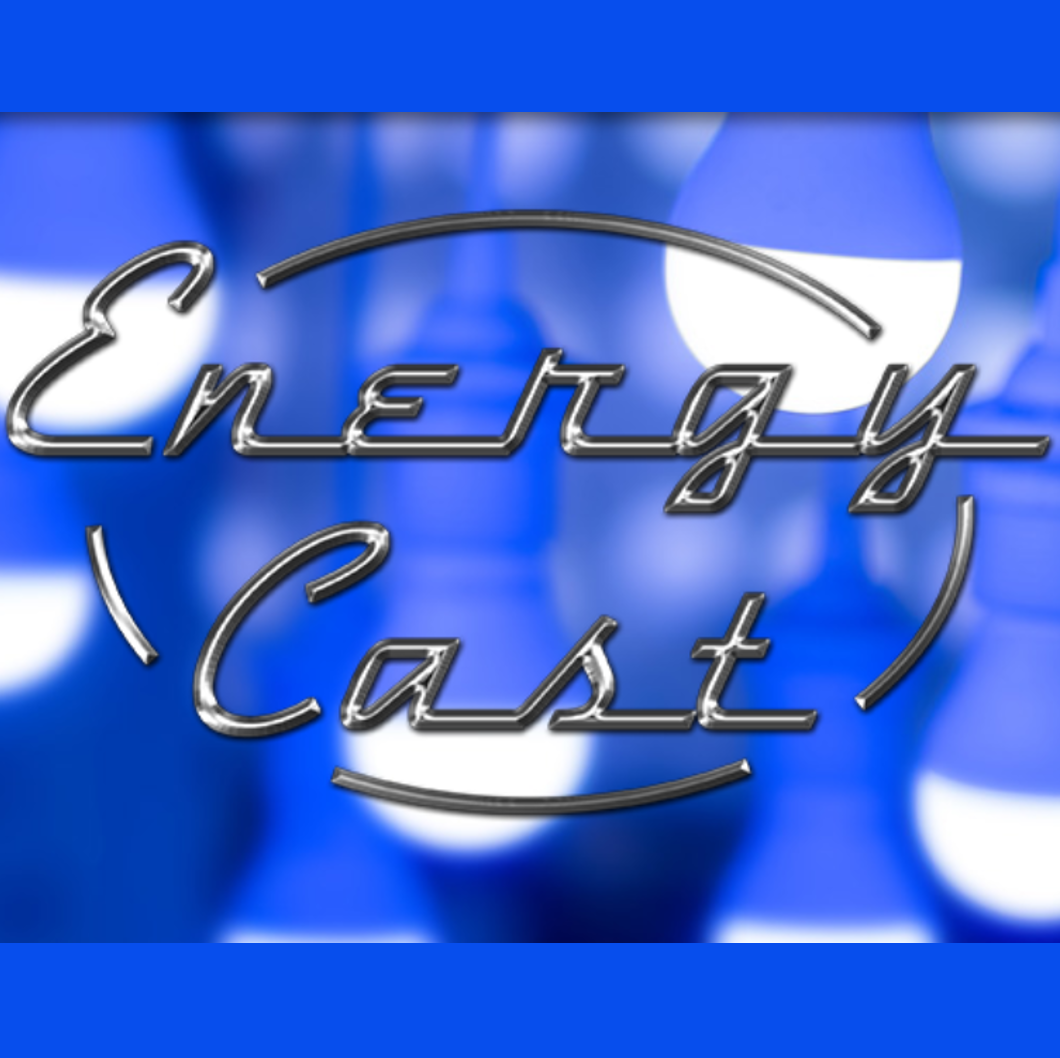
Dairy Foods: Mechanization picks ups steam in dairy processing warehouses
A recent article in Dairy Foods Magazine highlights the mechanization and automation trends in dairy food production facilities. Topics include materials-handling automation, software upgrades, refrigeration optimization, automated storage and retrieval systems (AS/RS), and how technologies will be integrated to maximize efficiency, traceability, transparency, storage density, optimal material flow, and to better manage warehouse labor in their operations. Viking Cold’s VP of Sales & Marketing, Collin Coker, was interviewed along with other food production warehouse technology providers including LIDD, Tippman Group, Signode Industrial Group, Applied Net Solutions, Westfalia Technologies Inc., and Quest Industrial LLC.
Grocery Business Q&A: How Grocers Are Getting Smarter About Cold Storage
Winsight Grocery Busines editor, Christine LaFave Grace, discussed how grocery retailers are getting smarter about their cold storage assets with Viking Cold President & CEO, James Bell. Effects from the pandemic, digitalization, new technology advancements, and more are discussed. How is consumer behavior driving new store layouts and needs for additional refrigerated spaces that require temperature and energy optimization? How has sustainability been reprioritized since the start of the pandemic?
POWER: Distributed Generation Part of Puerto Rico Rebuild
POWER Magazine’s Associate Editor Darrell Proctor recently published an article focused on the rebuilding of Puerto Rico’s electrical grid after a number of devastating hurricanes including Hurricane Maria in 2017. “The Puerto Rico Electric Power Authority has embarked on a $20 billion plan to rebuild the island’s power grid. The initiative includes a commitment to generate 40% of the island’s power from renewable resources by 2025, and 100% by 2050. C&I enterprises using distributed power generation are a large part of the effort.”
The article highlights Viking Cold as one of the leading sustainable Distributed Energy Resources (DER) delivering cost-effective, reliable, and resilient power to the island’s industrial and commercial businesses.
Isla Frio, a cold storage company on the island, is building a new 147,000 square foot facility with Viking Cold’s Thermal Energy Storage (TES) technology to add hurricane-resistant food storage capacity to the island. The second phase of the project will include the addition of onsite solar power generation. The combination of renewables with the existing TES installed during construction will maximize the cost-effectiveness of their solar-plus-storage investment and help Puerto Rico meet its aggressive goals to add resilient renewable generation to the grid.
New Warehouse Podcast: Digitization & Sustainability in Refrigerated Warehouses
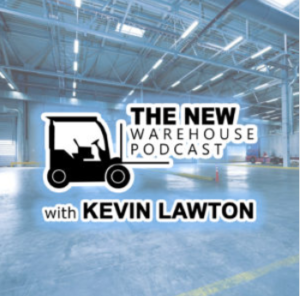
The conversation also covers some of the additional levels of complexity of refrigerated spaces and how the impacts of the pandemic have driven the adoption of technologies such as WMS, automation, robotics, and thermal energy storage inside refrigerated warehouses. James and Kevin also discuss the market conditions driving more construction of cold storage facilities and how digitization and new technology is being included in the design and building of new warehouses.
Additionally, Kevin and James cover the electrical grid impacts of refrigerated spaces, and how with thermal energy storage and warehouse digitization operators can reduce costs and create new revenue streams.
Listen to the full conversation on the podcast here: EP 150: Digitization and Sustainability in Refrigerated Warehouses with Viking Cold Solutions
Frozen Food Market Trends 2020
The coronavirus pandemic has greatly disrupted the U.S. food industry, resulting in significant changes in consumer behavior and an increased demand for industrial cold storage warehouse space. With quarantines still in effect around most of the country, consumers have been forced to eat at home more and either “panic-buy” large quantities of extra groceries and/or shift to more online orders more frequently. Additionally, because of its longer shelf-life and surge in available options, the frozen food category has seen significant growth in both online and in-person grocery purchases, forcing grocery and cold storage facilities to scramble to keep up.
According to the American Frozen Food Institute (AFFI), seven in 10 frozen food shoppers have increased the amount of frozen food they’re buying since the start of the pandemic. Six months in, U.S. shoppers are continuing to stock up their freezers with frozen meals, meats, ice cream, and frozen novelties. Not only is the number of consumers purchasing frozen food growing, but many have also switched to ordering directly online from restaurants and foodservice distributors. The question is: How has this rapidly changing behavior affected the cold storage industry – an essential element of our supply chain dedicated to protecting, delivering, and handling temperature-controlled goods in the United States.
Warehouse demand, in general, has been accelerating in recent years, largely due to the booming e-commerce industry. The world’s largest commercial real estate services and investment firm, Coldwell Banker Richard Ellis (CBRE), examined the relationship between e-commerce grocery growth and cold storage warehouse capacity in its 2019 “Food on Demand Series: Cold Storage Logistics Unpacked” report, forecasting that in order to meet the demand generated by online grocery sales, an additional 75 to 100 million sq. ft. of industrial freezer and cooler space will be needed within the next five years – an increase of roughly 47%. CBRE researchers also suggest that much of the cold-storage sector’s growth is likely to occur in gateway markets like Los Angeles and the New York area, as well as in top food-producing states such as California, Texas, Wisconsin, Florida, and Washington state.
As the pandemic persists, cold storage facilities are at record high capacity and struggling to keep up with the continuous demand. Cold storage facilities typically fall into the categories of public refrigerated warehouses (PRWs), foodservice and wholesale, grocery distribution centers and retail stores, and food processing facilities. Due to changing demand, PRWs have been forced to provide smaller, more frequent orders. National food industry news source, The Food Institute, stated that “Instead of supplying a full pallet of a single product to a warehouse, PRWs are now delivering a pallet with multiple products directly to the store. These small orders increase labor requirements and change transportation options drastically.” Many expect major PRWs to accelerate the industry’s consolidation trend in order to gain more control over the United States’ cold storage footprint.
It is also expected that to address the changing market, cold storage facility operators will be proactively upgrading their warehouses with new technologies to improve operational efficiency and flexibility. Warehouse upgrades that are seeing a surge in popularity include technologies such as Viking Cold Solutions thermal energy storage (TES), warehouse management systems (WMS), and material handling automation and robotic systems. The intelligence platform of Viking Cold’s TES system not only optimizes temperatures and energy use, but provides valuable, actionable data that allows operators to make operational improvements.
Additionally, there has been a growing interest in sustainable, carbon-reducing technologies. Viking Cold’s thermal energy storage systems also address these needs by increasing refrigeration energy efficiency an average of 26% while better protecting food and improving temperature resiliency. By absorbing and consolidating up to 85% of the heat infiltration, TES also allows refrigeration systems to be safely cycled off for up to 13 hours each day to avoid demand or time-of-use energy fees, while maintaining stable temperatures. The technology leverages existing refrigeration systems and easily integrates with controls, other data platforms, and racking structures to bring efficiency, flexibility, and additional food protection to the frozen food chain.
The COVID-19 pandemic has accelerated changes in consumer behavior, implementation of technology, and broad market trends in the food industry. The entire distribution chain from food processors to logistics companies to retailers is under added pressure to make improvements to stay profitable and keep food on our tables. The future remains unclear but enabling technologies like Viking Cold’s TES are helping the food and beverage industry feed our families by improving operations, cutting costs, and lowering the GHG emissions of refrigeration.
Cold Facts: Cutting-Edge Warehouse Energy Alternatives
Cold Facts magazine has listed Viking Cold Solutions among the cutting-edge warehouse energy technologies delivering cost-efficient and sustainable benefits in temperature-controlled applications.
The magazine, published by the Global Cold Chain Alliance, included Viking Cold in an overview of technologies that have advanced in recent years to provide “savvy facilities” with new ways of answering their refrigeration challenges.
The article explains how Viking Cold’s thermal energy storage (TES) technology allows operators to safely shift energy use during high-tariff periods to maximize cost savings while also reducing total energy consumption. It highlights how TES opens the door to more renewable energy use while enabling operators to take advantage of utility programs, incentives, and demand-response economics.
James Bell, President & CEO of Viking Cold, noted that the cloud-based intelligence platform used to manage TES provides operators with the controls and visibility to maximize operational efficiency in cold storage facilities. At the same time, it minimizes the use of refrigeration equipment.
He explained how it draws on real-time data to automate temperature optimization and energy consumption. The long-duration storage technology discharges for up to 13 hours per day to maintain stable temperatures that protect food quality and shelf life, even if electricity or equipment fails.
Bell added that TES technology can interface with warehouse management systems, automation platforms, data analytics, and artificial intelligence (AI) tools. Adoption of all of these potentially powerful technologies is accelerating in the face of the COVID-19 pandemic, said Bell, as facilities look to closely measure, monitor, and limit energy consumption with a view to introducing greater cost reduction and enhancing sustainability.
“Cold storage and electrical grid operators both are facing new energy challenges. As the world moves towards renewables and green sources of electricity, TES technology is a unique and powerful tool to help address these challenges,” Bell concluded.
To read the full article on warehouse energy alternatives, visit the Cold Facts magazine page on the GCCA website. The article starts on page 28.
For more information on Viking Cold’s cutting-edge thermal energy storage technology, and how it can enhance cost efficiencies and sustainability for your cold storage facilities, get in touch today.


